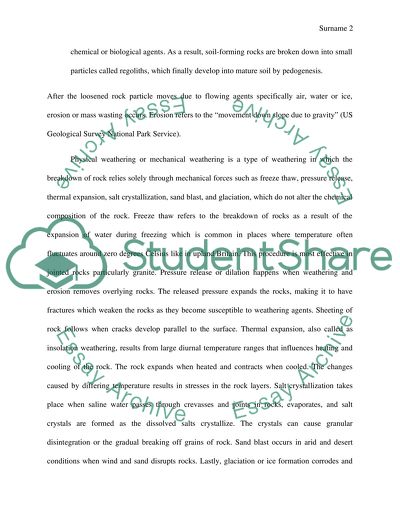Cite this document
(“Weathering Research Paper Example | Topics and Well Written Essays - 1000 words”, n.d.)
Weathering Research Paper Example | Topics and Well Written Essays - 1000 words. Retrieved from https://studentshare.org/geography/1460259-weathering
Weathering Research Paper Example | Topics and Well Written Essays - 1000 words. Retrieved from https://studentshare.org/geography/1460259-weathering
(Weathering Research Paper Example | Topics and Well Written Essays - 1000 Words)
Weathering Research Paper Example | Topics and Well Written Essays - 1000 Words. https://studentshare.org/geography/1460259-weathering.
Weathering Research Paper Example | Topics and Well Written Essays - 1000 Words. https://studentshare.org/geography/1460259-weathering.
“Weathering Research Paper Example | Topics and Well Written Essays - 1000 Words”, n.d. https://studentshare.org/geography/1460259-weathering.


